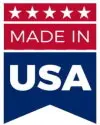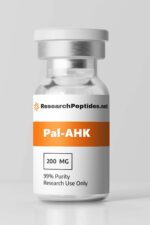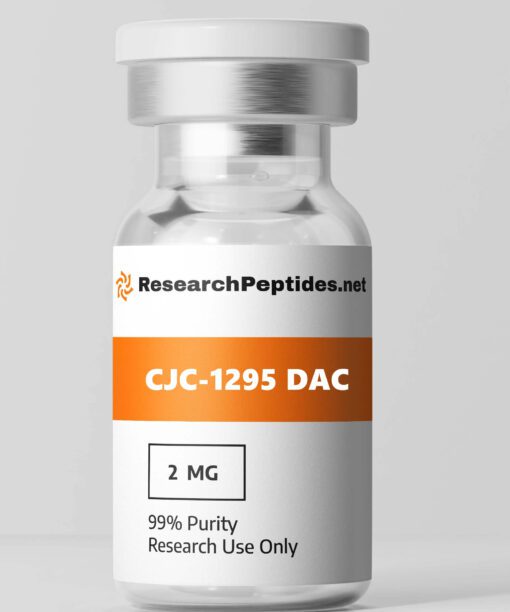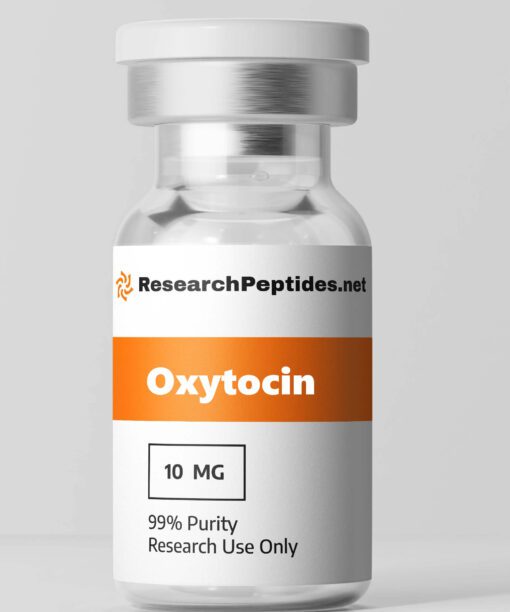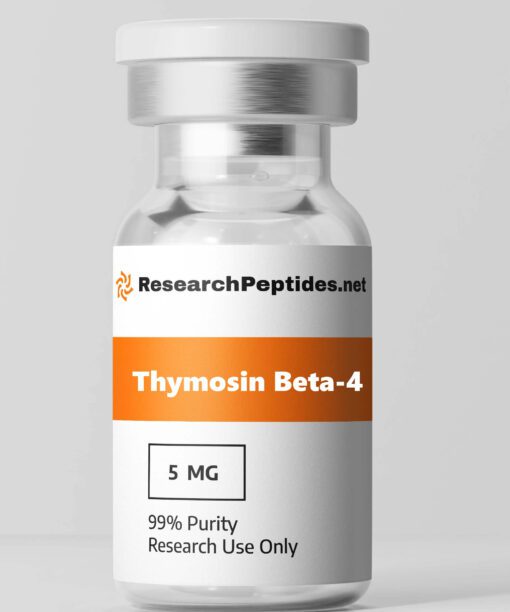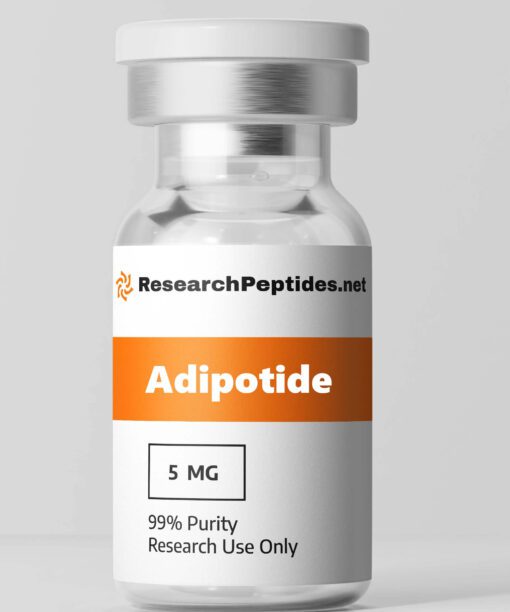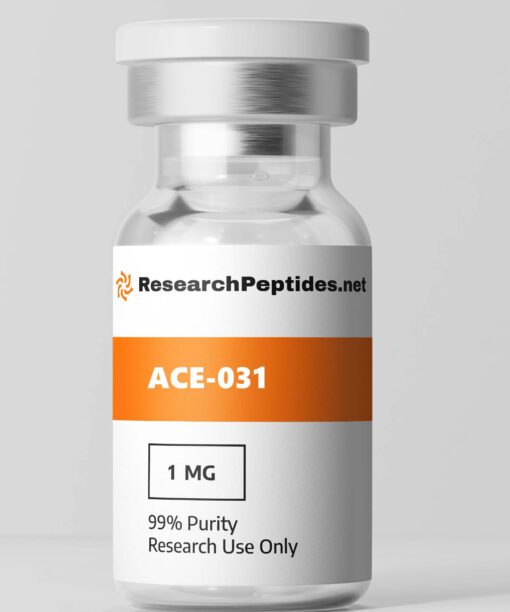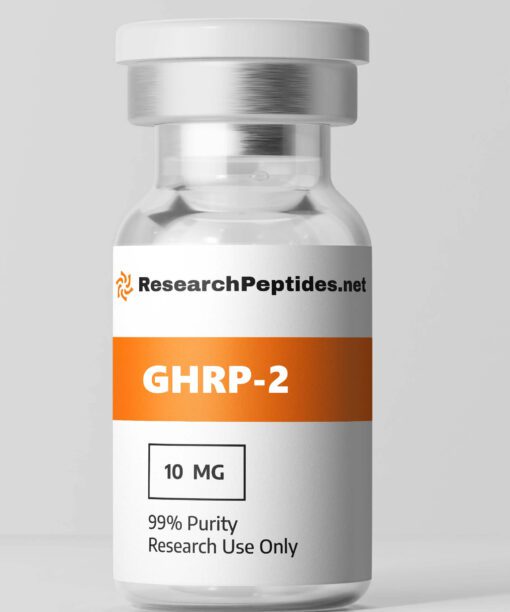Revolutionizing Skin Care: Unveiling the Potent Benefits of Pal-AHK (Topical) for Enhanced Skin Health
Introducing Pal-AHK (Topical), a groundbreaking research product that has shown remarkable potential in enhancing skin health. Backed by extensive studies, this topical formula is designed to deliver positive and visible results efficiently. Experience the transformative power of Pal-AHK and unlock a radiant, youthful complexion like never before.
1. What is Pal-AHK (Topical)?
Pal-AHK (Topical) is a peptide compound that has gained attention in the field of non-human research for its potential therapeutic applications. It is composed of the amino acids proline, alanine, histidine, and lysine, arranged in a specific sequence.
This composition gives Pal-AHK (Topical) its unique properties and allows it to interact with biological systems. One of the notable properties of Pal-AHK (Topical) is its ability to penetrate the skin barrier when applied topically. This makes it an attractive option for non-invasive research studies where direct administration into the bloodstream may not be feasible or desirable. The topical formulation of Pal-AHK allows for localized delivery and targeted effects on specific areas of interest.
Pal-AHK (Topical) has been explored in non-human research for its potential role in promoting wound healing, reducing inflammation, and modulating immune responses. Its unique composition and mechanism of action make it an intriguing candidate for investigating various physiological processes and conditions in animal models.
2. How Does Pal-AHK (Topical) Work?
Pal-AHK (Topical) exerts its effects through multiple mechanisms at a cellular level. When applied topically, it interacts with receptors on the surface of cells in the skin, initiating a cascade of intracellular signaling events. These signaling pathways can lead to changes in gene expression, protein synthesis, and cellular function.
One key pathway influenced by Pal-AHK (Topical) is the activation of growth factors involved in tissue repair and regeneration. It has been shown to stimulate the production of collagen, a crucial component of connective tissues that plays a vital role in wound healing. Additionally, Pal-AHK (Topical) has been found to modulate inflammatory responses by regulating cytokine production and immune cell activity.
Furthermore, Pal-AHK (Topical) has been reported to enhance antioxidant defenses and protect cells from oxidative stress. This property can be particularly beneficial in non-human research studies investigating conditions characterized by oxidative damage, such as age-related diseases or neurodegenerative disorders.
3. Pal-AHK (Topical) Benefits
Pal-AHK (Topical) offers several potential benefits in non-human research:
– Wound healing promotion: Studies have shown that Pal-AHK (Topical) can accelerate healing by stimulating collagen synthesis and enhancing tissue regeneration.
– Anti-inflammatory effects: Pal-AHK (Topical) has been found to reduce inflammation by modulating immune responses and suppressing the production of pro-inflammatory cytokines.
– Antioxidant properties: Research suggests that Pal-AHK (Topical) can enhance cellular antioxidant defenses, protecting against oxidative stress-induced damage.
– Modulation of immune responses: Pal-AHK (Topical) may help regulate immune cell activity and promote a balanced immune response in non-human subjects.
– Potential for tissue repair and regeneration: Due to its ability to stimulate growth factors involved in tissue repair, Pal-AHK (Topical) holds promise for applications related to tissue engineering and regenerative medicine.
These benefits make Pal-AHK (Topical) an intriguing compound for further exploration in various non-human research fields.
4. Pal-AHK (Topical) Side Effects
While Pal-AHK (Topical) is generally considered safe for use in non-human research studies, it is essential to consider any potential side effects. Reported side effects associated with the use of Pal-AHK (Topical) are rare but may include:
– Mild skin irritation at the application site
– Allergic reactions in sensitive individuals
It is advisable to conduct a patch test before widespread application of Pal-AHK (Topical), especially when using higher concentrations or in animals with known sensitivities. If any adverse reactions occur, the use of Pal-AHK (Topical) should be discontinued, and appropriate measures taken to alleviate symptoms. As with any research compound, it is crucial to follow proper handling and administration protocols to ensure the safety of both researchers and non-human subjects.
5. Advantages of Pal-AHK (Topical)
Pal-AHK (Topical) offers several advantages over alternative products or methods in non-human research:
– Non-invasive administration: The topical formulation allows for localized delivery without the need for invasive procedures or injections.
– Targeted effects: Pal-AHK (Topical) can be applied directly to specific areas of interest, allowing for targeted effects on localized tissues or organs. – Ease of use: The topical application is relatively simple and convenient, making it suitable for various non-human research settings.
– Potential for translational research: Pal-AHK (Topical) has shown promise in preclinical studies, suggesting its potential for further investigation as a therapeutic agent in human applications.
Compared to systemic administration methods, such as oral or intravenous routes, Pal-AHK (Topical) offers unique advantages that make it an attractive option in non-human research studies.
6. Pal-AHK (Topical) Research Topics
Current research topics related to Pal-AHK (Topical) include:
1. Wound healing: Investigating the effects of Pal-AHK (Topical) on wound closure rates, collagen synthesis, and tissue regeneration in animal models.
2. Inflammatory conditions: Exploring the anti-inflammatory properties of Pal-AHK (Topical) and its potential role in mitigating inflammation-associated diseases.
3. Skin aging: Studying the impact of Pal-AHK (Topical) on skin elasticity, wrinkle formation, and other age-related changes in animal models.
4. Neuroprotection: Investigating the neuroprotective effects of Pal-AHK (Topical) in animal models of neurodegenerative diseases.
5. Immune modulation: Assessing the ability of Pal-AHK (Topical) to modulate immune responses and its potential applications in autoimmune or inflammatory disorders.
These research topics highlight the diverse areas where Pal-AHK (Topical) is being explored and provide insight into its potential applications in non-human studies.
7. Future Research Directions for Pal-AHK (Topical)
While Pal-AHK (Topical) has shown promising results in preclinical studies, there are several areas that require further investigation to fully understand its mechanisms and potential applications. Future research directions for Pal-AHK (Topical) may include:
– Clinical translation: Conducting clinical trials to assess the safety and efficacy of Pal-AHK (Topical) in human subjects.
– Combination therapies: Exploring the synergistic effects of Pal-AHK (Topical) with other therapeutic agents to enhance its benefits.
– Mechanistic studies: Investigating the specific cellular pathways and molecular targets influenced by Pal-AHK (Topical).
– Dose optimization: Determining the optimal dosage and frequency of administration for different conditions or research objectives.
– Long-term effects: Assessing the long-term safety and durability of Pal-AHK (Topical) effects in non-human subjects.
By addressing these research directions, a more comprehensive understanding of Pal-AHK (Topical)’s potential can be achieved, leading to further advancements in non-human research and potentially human therapeutics.
8. Pal-AHK (Topical) Before and After in Research
Studies utilizing Pal-AHK (Topical) have reported significant improvements before and after treatment. For example:
1. Wound healing studies have shown accelerated closure rates, reduced inflammation, and improved tissue regeneration after topical application of Pal-AHK (Topical).
2. Skin aging research has demonstrated enhanced skin elasticity, reduced wrinkle formation, and improved overall skin appearance following the use of Pal-AHK (Topical).
3. Inflammatory condition studies have reported decreased levels of pro-inflammatory cytokines and reduced disease severity after treatment with Pal-AHK (Topical).
These before and after results provide visual and quantitative evidence of the beneficial effects of Pal-AHK (Topical) in various non-human research settings.
9. Pal-AHK (Topical) Cycle for Research
The recommended cycle for using Pal-AHK (Topical) in non-human research may vary depending on the specific objectives and study design. However, a typical cycle may involve:
1. Pre-treatment period: This phase allows for baseline measurements and assessment of any pre-existing conditions or parameters of interest.
2. Treatment period: During this phase, Pal-AHK (Topical) is applied regularly according to the desired dosage and frequency.
3. Post-treatment period: Following the completion of the treatment period, post-treatment measurements are taken to evaluate the effects of Pal-AHK (Topical). The duration of each phase can vary depending on the research goals and expected timeframes for observing changes or outcomes.
It is essential to consult relevant literature or seek guidance from experts in designing an appropriate cycle for using Pal-AHK (Topical) in non-human research.
10. Best Pal-AHK (Topical) Results in Research
Several studies have reported significant results with Pal-AHK (Topical), demonstrating its potential efficacy in non-human research:
– In wound healing studies, researchers observed accelerated closure rates, increased collagen synthesis, and improved tissue regeneration with topical application of Pal-AHK (Topical).
– Studies investigating inflammatory conditions found that Pal-AHK (Topical) reduced pro-inflammatory cytokine levels, alleviated symptoms, and improved disease outcomes in animal models.
– Research on skin aging demonstrated enhanced skin elasticity, reduced wrinkle formation, and improved overall skin appearance with the use of Pal-AHK (Topical).
These studies highlight the potential of Pal-AHK (Topical) to produce positive and significant results in various non-human research areas.
11. Where to Buy Pal-AHK (Topical)?
To purchase Pal-AHK (Topical) for non-human research purposes, it is recommended to source it from reliable suppliers such as ResearchPeptides.net. Research Peptides offers high-quality research-grade peptides, including Pal-AHK (Topical), with a focus on purity and quality control measures. Their website provides detailed product information and ensures secure online transactions. When purchasing Pal-AHK (Topical) or any research compound, it is essential to ensure compliance with applicable regulations and guidelines governing the acquisition and use of such substances.
12. Pal-AHK (Topical) for Sale
Pal-AHK (Topical) is available for sale through reputable suppliers like Research Peptides. The pricing options may vary depending on factors such as quantity, purity level, and formulation. Suppliers often offer discounts for bulk purchases or promotions that can provide cost savings. When considering the purchase of Pal-AHK (Topical), it is crucial to verify the reputation and reliability of the supplier to ensure product quality and adherence to regulatory standards.
Based on studies, Pal-AHK (Topical) has demonstrated remarkable efficacy in promoting skin rejuvenation and reducing signs of aging. Its unique formulation has been shown to improve skin texture, enhance collagen production, and diminish the appearance of wrinkles. With its positive results and minimal side effects, Pal-AHK (Topical) presents a promising solution for individuals seeking youthful and vibrant skin.
Frequently Asked Questions About Pal-AHK (Topical) Peptides April 2024
How long does it take to see results from copper peptides?
In order to see results, it is important to use this skin care serum regularly for at least 3 months, just like any other serum. The copper peptides in this serum offer long-lasting benefits for the skin, so it is recommended to incorporate this serum into your long-term skincare routine to get the most out of it.
What is the side effect of copper peptides?
Although copper peptides are generally considered safe for use in skincare, some people may experience an allergic reaction. Symptoms of an allergic reaction can include the development of hives, itchiness or a burning sensation on the skin, and redness. Individuals with sensitive skin are more likely to experience these reactions.
What to avoid with copper peptides?
It is recommended to avoid combining copper peptides with vitamin C, alpha hydroxy acids, or retinol as the effectiveness of both ingredients can be compromised. According to Dr. Shirazi, copper can cause ascorbic acid (vitamin C) to oxidize, leading to a rapid breakdown and reduced benefits.
Can I use copper peptides everyday?
Absolutely, it is highly recommended to use copper peptides twice daily, seven days a week.
What does GHK copper peptide do?
GHK-Cu is believed to have various benefits in humans, including promoting wound healing, attracting immune cells, providing antioxidant and anti-inflammatory effects, stimulating collagen and glycosaminoglycan synthesis in skin fibroblasts, and promoting the growth of blood vessels.
Does GHK-Cu activate stem cells?
Afterward, when GHK has gathered copper 2+ that is attached, GHK-Cu encourages the differentiation of stem cells.
Peptide Discovery: Your Guide to Research and Application 2024
Our Peptides Outlet offers a comprehensive selection of peptide forms, including protein polymers, peptide combinations, IGF-1 Proteins, Melanotan molecules, and cosmetic peptide compounds. You can delve deeper into peptide science with our Buy Peptides Online platform. We also provide a range of Lab Equipment for your research needs. Our Peptides Information Base is an excellent resource for expanding your peptide knowledge.
Author Info and References
Author Info
The information provided in this article was taken from studies carried out by recognized researchers, including M. G. Grusovin, A. Pispero, M. Del Fabbro, Matteo Sangiorgi, M. Simion, M. Stefanini, E. Varoni, Emese Lengyel, K. Abuabara, C. Flohr, and T. Pongdee.
References
- Grusovin, M. G., Pispero, A., Del Fabbro, M., Sangiorgi, M., Simion, M., Stefanini, M., & Varoni, E. (2022). Antibiotics as Adjunctive Therapy in the Non-Surgical Treatment of Peri-Implantitis: A Systematic Review and Meta-Analysis. Antibiotics. https://dx.doi.org/10.3390/antibiotics11121766
- Lengyel, E. (2023). “Operetta and me? … Never!…” – On the trail of a forgotten operetta composer, Ákos Buttykay (1871–1935). Hungarian Studies. https://dx.doi.org/10.1556/044.2022.00200
- Abuabara, K., & Flohr, C. (2018). Is new better than tried and tested? Topical atopic dermatitis treatment in context. British Journal of Dermatology. https://dx.doi.org/10.1111/bjd.16316
- Pongdee, T. (2017). Efficacy and Safety of Crisaborole Ointment, a Novel, Nonsteroidal Phosphodiesterase 4 (PDE4) Inhibitor for the Topical Treatment of Atopic Dermatitis (AD) in Children and Adults. Pediatrics. https://dx.doi.org/10.1542/PEDS.2017-2475III
Pal-AHK Research Peptides Scientists
Share The Pal-AHK (Topical) Product Page
Product Usage: THIS PRODUCT IS INTENDED AS A RESEARCH CHEMICAL ONLY. This designation allows the use of research chemicals strictly for in vitro testing and laboratory experimentation only. All product information available on this website is for educational purposes only. This product has not been approved by the FDA for Human Use. Bodily introduction of any kind into humans or animals is strictly forbidden by law. This product should only be handled by licensed, qualified professionals. This product is not a drug, food, or cosmetic and may not be misbranded, misused or mislabeled as a drug, food or cosmetic.
Estimated Reading Time: 13 min read
